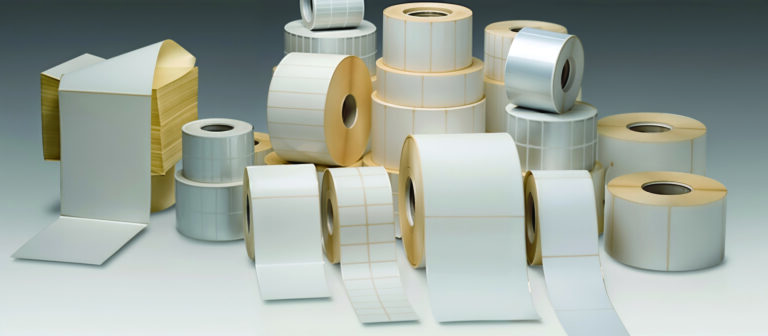YUEHELE
Guangdong Yuehele Label Material Co., Ltd. is a high-tech enterprise integrat
ing scientific research, production, sales, technical support and service for users.
A drug label refers to all printed information that accompanies a prescription or over-the-counter (OTC) medication, approved by regulatory authorities (like the FDA in the US). It is not just the physical sticker on the bottle but a comprehensive document detailing the drug’s safe and effective use. Here’s what it includes:

Key Components of Drug Labels:
- Drug Facts (for OTC Medications):
- Active Ingredients: Names and amounts per dose.
- Uses/Purpose: Conditions the drug treats.
- Warnings: When to avoid, potential side effects, interactions.
- Directions: Dosage instructions by age/condition.
- Inactive Ingredients: Fillers, colors, or preservatives.
- Prescribing Information (for Prescription Drugs):
- Boxed Warning: Serious risks (e.g., addiction, life-threatening side effects).
- Indications & Usage: Approved medical conditions.
- Dosage & Administration: How to prescribe/take it.
- Contraindications: When the drug should NOT be used.
- Warnings/Precautions: Safety monitoring requirements.
- Adverse Reactions: Common and severe side effects.
- Drug Interactions: Substances that alter effectiveness or risk.
- Storage Information: Temperature, light exposure, etc.
- Additional Details:
- Manufacturer Info: Name, contact, lot number.
- Expiration Date: Safe-use period.
- NDC Code: Unique 10-digit identifier for the drug.
Why Drug Labels Matter:
- Patient Safety: Alerts users to risks (e.g., “May cause drowsiness,” “Avoid alcohol”).
- Legal Requirement: Regulators enforce accurate labeling to prevent misuse.
- Healthcare Guidance: Helps doctors/pharmacists prescribe correctly.





 leave a message
leave a message